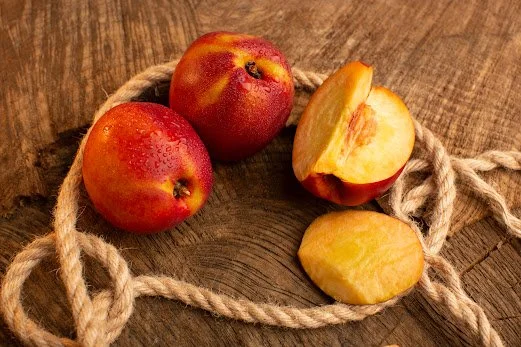The Power of Positive Self-Talk for Emotional Health
Why the words you choose matter
Self-talk is the running commentary in your head while in assisted living. When it skews harsh, stress hormones rise, sleep suffers, and motivation drops. When it turns supportive, the body relaxes and problem solving improves. Positive self-talk is not pretending. It is choosing accurate, helpful language that keeps your nervous system steady while you act.
Spot the unhelpful patterns
Listen for all-or-nothing statements, mind reading, and catastrophizing. Flag phrases like I always mess up or everyone will be disappointed. Write one of your most common lines on a sticky note, then draft a truer version right beside it.
Build a small script library
Create three categories you can reach for fast:
Reframe: I have handled hard days before; I can take the next step.
Permission: It is okay to rest for fifteen minutes and start again.
Direction: What is one action that helps the situation right now
Keep a card with these lines in your wallet and a photo of it on your phone at retirement communities.
Make the environment a teammate
Pair scripts with cues you see every day. Put a note on the bathroom mirror, set a phone reminder before a tough appointment, and save a favorite playlist for tasks that make you tense. Practicing scripts in calm moments trains your brain to find them under stress.
Link thoughts to actions
After you use a kinder line, take a small, concrete step. Drink a glass of water, send a single email, or walk for five minutes. Action proves the new language and builds a feedback loop that lasts longer than a pep talk. If you journal, end with one sentence that begins with I chose, so you spotlight agency.
Community makes it stick
Invite one friend to be your language partner. Trade two supportive lines at the start of each week and report back on Friday about where they helped. Group classes in mindfulness, balance, or creative arts can also strengthen calm language because they pair words with movement and results. In settings that offer rich social calendars like senior living Scottsdale, ask leaders to weave short self-talk prompts into warmups or cool downs. The aim is not perfection. It is a steady, honest voice that keeps you moving through real life with more ease and less friction.
















